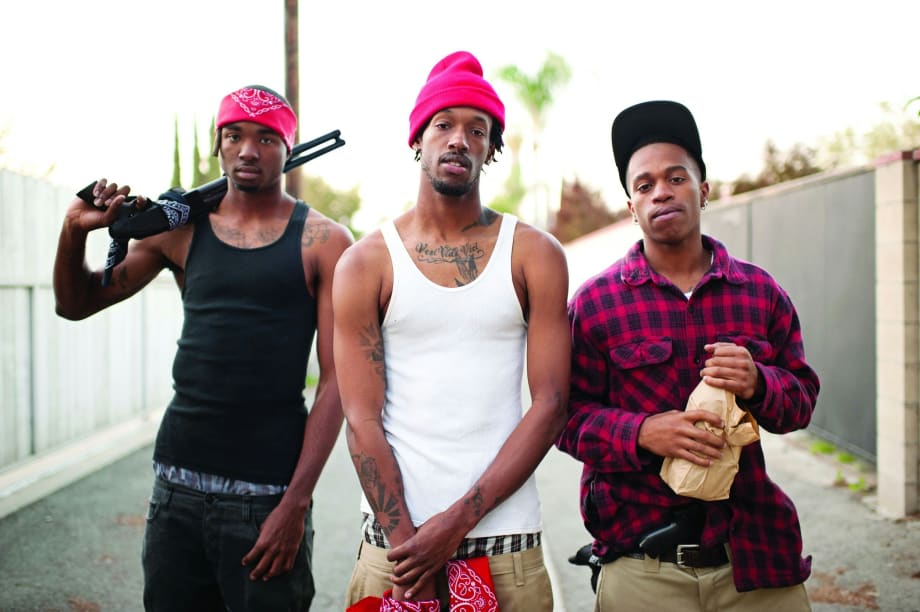Competing gangs associating with one another was and is not a completely new phenomenon to me or other law enforcement officers, but after that call I saw that it was beginning to become increasingly common.
Strange Alliances
Today's gangs are ever evolving, as are most things. The gangs veteran cops grew up investigating seem to be fading faster each day. Alliances shift and change every day and are often influenced by the desire to illegally obtain money in a short amount of time. The result can be alliances between such traditional enemies as Bloods and Crips. These alliances create decentralized hybrid gangs that organize, plan, and execute robberies, burglaries, and pharmacy thefts.
Often these hybrid gangs are temporary. However, in the case of neighborhood gangs, they can form into their own group with an informal set of rules and standards effectively modeling themselves in the image of the traditional gangs that seem to be diminishing. This is true for both street gangs and prison gangs.
Let's be clear; hybrid gangs are not new. The concept has been familiar to cops who police the gang world for quite a few years now. I believe the first time I remember seeing the word "hybrid" applied to gangs was in the FBI's National Gang Threat Assessment in 2011. Under the sophistication section that report stated, "Gang members are becoming more sophisticated in their structure and operations and are modifying their activity to minimize law enforcement scrutiny and circumvent gang enhancement laws. Gangs in several jurisdictions have modified or ceased traditional or stereotypical gang indicia and no longer display their colors, tattoos, or hand signs. Others are forming hybrid gangs to avoid police attention and to make it more difficult for law enforcement to identify and monitor them, according to NGIC reporting."



![[|CREDIT|]](https://assets.bobitstudios.com/image/upload/f_auto,q_auto,dpr_auto,c_limit,w_684/pm.gang-sign_gettyimages-4710369831_1759886549057_ofyfwm.jpg)










